Key Takeaways
Yen Jui-Lin’s wooden sculptures redefine whimsy through a blend of humor and meticulous craftsmanship. His works feature elongated limbs, split torsos, and organic forms that mimic plant growth, creating a visual dialogue between animation and traditional woodcarving. Drawing from storybook aesthetics, each piece balances exaggerated facial expressions—wide grins, bulging eyes—with fluid, dynamic poses that suggest motion even in static forms. The artist’s use of reclaimed wood adds texture, enhancing the tactile charm of characters that seem plucked from an animated universe.
These creations challenge conventional sculpture by merging cartoonish exaggeration with intricate detailing, such as carved floral patterns emerging from limbs or torsos. This fusion invites viewers to explore narratives hidden within the grain, where humor coexists with subtle commentary on transformation and interconnectedness. The sculptures’ ability to evoke both childlike wonder and artistic introspection underscores Yen’s mastery of bridging playful imagination with technical precision. By merging animation-inspired whimsy with the permanence of wood, his work reimagines storytelling through three-dimensional form.
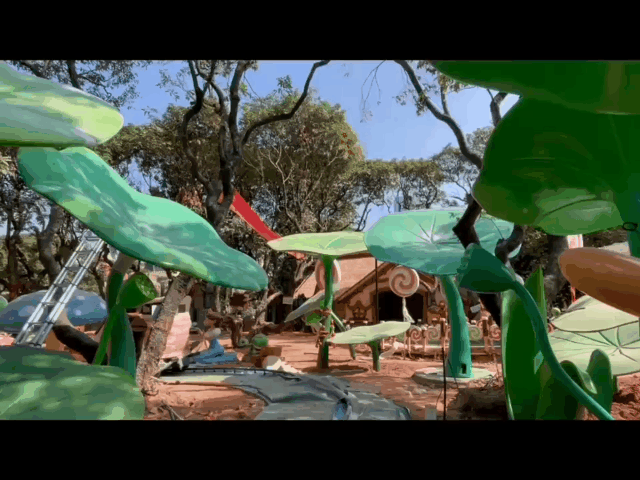
Whimsical Wooden Carvings by Yen Jui-Lin
Yen Jui-Lin’s wooden sculptures redefine traditional craftsmanship through a lens of childlike wonder. His works feature elongated limbs, torsos that twist like tree roots, and faces frozen in exaggerated grins or comical surprise. Each piece balances precise carving techniques with a deliberate embrace of asymmetry, creating figures that seem perpetually mid-motion.
"Wood has its own rhythm. I follow the grain to discover where a character’s arms should stretch or where leaves might sprout from their shoulders," explains Yen, highlighting his organic design process.
Key elements of Yen’s approach include:
| Technique | Purpose | Visual Effect |
|---|---|---|
| Kinetic joint carving | Mimic natural movement | Limbs appear swaying or bouncing |
| Botanical hybrid forms | Merge human/plant anatomy | Surreal, growth-inspired silhouettes |
| Exaggerated proportions | Amplify emotional expression | Playful, storybook-like immediacy |
By integrating principles of kinetic sculpture, Yen ensures his creations evoke both stillness and implied motion. This duality invites viewers to imagine the figures springing to life, as if paused between pages of an illustrated tale. His use of locally sourced cedar and walnut adds warmth to the whimsy, grounding fantasy in tactile, earth-toned textures. Art critics note how his work bridges folk art traditions with contemporary animation aesthetics, offering a nostalgic yet fresh perspective on wood’s storytelling potential.
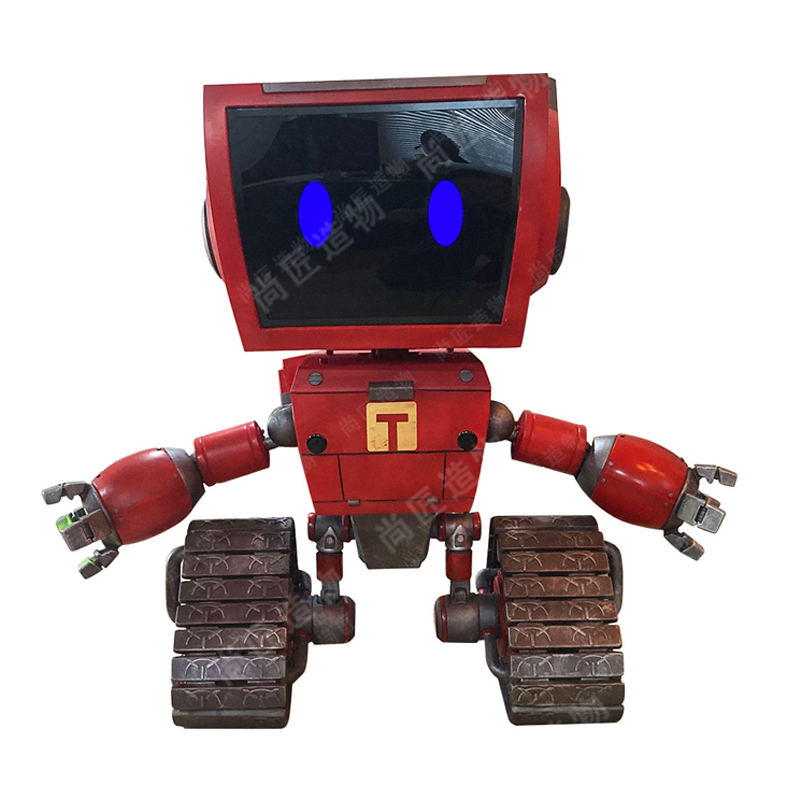
Playful Cartoon Figures in Kinetic Sculpture
Yen Jui-Lin’s wooden carvings reimagine cartoonish charm through kinetic design, blending motion with whimsy. His figures stretch, twist, and split in ways that defy rigid anatomy, evoking the fluidity of hand-drawn animation. Limbs elongate like taffy, torsos hinge open to reveal hidden compartments, and plant-like tendrils sprout unexpectedly, creating a sense of organic transformation. These dynamic forms are anchored by exaggerated facial expressions—wide grins, bulging eyes, and comically furrowed brows—that amplify the characters’ storytelling potential. By integrating movable joints and balancing points, Yen ensures each piece interacts with its environment, swaying or tilting with subtle air currents. This interplay between stability and motion mirrors the lively unpredictability of classic cartoon logic, where physical laws bend to serve humor and imagination.
The artist’s approach to Cartoon sculpture draws from both traditional woodworking and modern animation principles, resulting in figures that feel simultaneously timeless and contemporary. While the carved textures retain the warmth of natural wood grain, the poses and proportions echo the exaggerated elasticity of mid-20th-century character design. This fusion invites viewers to reinterpret familiar visual languages, discovering narratives in the tension between stillness and implied movement.
Storybook-Inspired Animated Wooden Art
Yen Jui-Lin’s wooden carvings evoke the whimsical energy of illustrated storybooks, where characters leap from pages into three-dimensional form. His figures—with their elastic limbs and tilted heads—seem frozen mid-motion, as though paused between scenes of a fantastical narrative. This animated quality stems from deliberate exaggerations: eyes widened in perpetual surprise, limbs elongated like taffy, and torsos that twist as if caught in a gust of wind. Such distortions mirror the visual language of classic cartoons, where physical laws bend to amplify emotion and humor.
The artist’s approach blends folk-art craftsmanship with a modern sensibility for playful absurdity. Some sculptures feature torsos split into branching limbs, echoing the unpredictable growth patterns of vines or tree roots. These organic flourishes contrast with the clean lines of traditional Realistic sculpture, grounding the fantastical elements in tactile, earthly materials. By merging carved textures with polished surfaces, Jui-Lin creates a tactile dialogue between roughness and refinement—a balance that mirrors the duality of childhood stories, where lighthearted tales often carry subtle, deeper truths.
Quirky Characters with Plant-Like Growths
Yen Jui-Lin’s wooden carvings blur the boundaries between organic forms and animated whimsy, particularly through his integration of plant-like motifs into humanoid figures. Limbs elongate into twisting vines, torsos split to reveal sprouting leaves, and hair transforms into clusters of abstract foliage, evoking a sense of metamorphosis frozen in wood. These botanical elements are not mere decorations but structural extensions that amplify the sculptures’ kinetic energy. For instance, a character’s outstretched arm might branch into delicate wooden tendrils, mimicking the erratic growth patterns of climbing plants, while roots or fungi emerge from feet to anchor the figure in an imaginary ecosystem. This fusion reflects a fascination with nature’s adaptability, paralleling how fiberglass sculpture often explores synthetic materials to achieve fluid, dynamic shapes.
The interplay between rigid wood and soft, organic curves creates visual tension, as if the characters are caught mid-transformation between human and plant. Details like bark-like textures on limbs or flower buds replacing eyes inject humor while inviting viewers to ponder coexistence with nature. By merging cartoonish exaggeration with biological symbolism, Yen’s work resonates with themes of growth, hybridity, and the playful unpredictability of life itself.
Exaggerated Expressions in Carved Sculptures
Yen Jui-Lin’s wooden characters captivate viewers through their theatrical facial features, where every exaggerated grin, widened eye, or comically furrowed brow becomes a narrative device. By amplifying expressions beyond realism, the artist injects humor and relatability into static forms, evoking the dynamic energy of classic animation. These distortions are meticulously carved to balance caricature with craftsmanship—a raised eyebrow might curve like a tree branch, while a gaping mouth echoes the organic contours of stainless steel sculpture, bridging industrial precision with hand-carved whimsy. Such deliberate exaggeration not only enhances emotional resonance but also guides the viewer’s gaze, transforming each sculpture into a silent performance. The interplay of deep grooves and smooth surfaces further highlights contrasts between tension and fluidity, grounding fantastical expressions in tangible texture. This approach aligns with Yen’s broader style, where humanoid figures merge with botanical or surreal elements, yet the faces remain focal points of personality, anchoring the absurdity in recognizable emotion.
Imaginative Wood Carvings Blend Humor and Art
Yen Jui-Lin’s wooden sculptures masterfully intertwine lighthearted humor with meticulous craftsmanship, creating works that feel both whimsical and thoughtfully deliberate. By exaggerating facial features—think bulbous noses, comically wide grins, and eyes that seem to bulge with mischief—he injects a sense of animated liveliness into static wood. This approach transforms traditional carving techniques into a medium for storytelling, where each piece evokes the charm of a storybook character caught mid-adventure.
The artist’s integration of organic elements, such as vine-like limbs or mushroom-shaped appendages, adds layers of visual intrigue. These plant-inspired details contrast with the cartoonish forms, grounding the fantastical figures in a tactile, earthy aesthetic. Notably, Yen’s work often explores motion through cleverly balanced compositions, as if his creations might spring to life with the next breeze. For those interested in the intersection of character design and sculpture, his IP character sculpture techniques demonstrate how wood can convey personality as vividly as any digital medium.
By merging folk-art traditions with modern animated sensibilities, Yen bridges the gap between craft and playful imagination, proving that humor and artistry need not exist in separate realms.
Dynamic Cartoonish Charm in Yen's Creations
Yen Jui-Lin’s sculptures radiate a lively energy that bridges the gap between static wood and animated motion. His characters, often frozen mid-action, appear ready to spring into movement—a leg poised to kick, arms stretched skyward, or torsos twisted in exaggerated gestures. This dynamism is amplified by the artist’s use of curved lines and asymmetrical forms, evoking the exaggerated physics of classic cartoons. Limbs elongate like rubber bands, while joints bend at improbable angles, creating a visual rhythm that mimics frame-by-frame animation.
The whimsy extends to textural contrasts: smooth, polished surfaces transition abruptly into rough-hewn edges, as if the wood itself is caught between growing and being carved. Facial features—oversized eyes, bulbous noses, and grins stretching ear-to-ear—channel the expressive simplicity of mid-century animation, inviting viewers to imagine backstories for each character. This interplay of motion and emotion transforms the sculptures into silent performers, their frozen poses hinting at narratives just beyond the viewer’s grasp. By balancing craftsmanship with playful distortion, Yen infuses traditional woodcarving techniques with a modern, animated spirit.
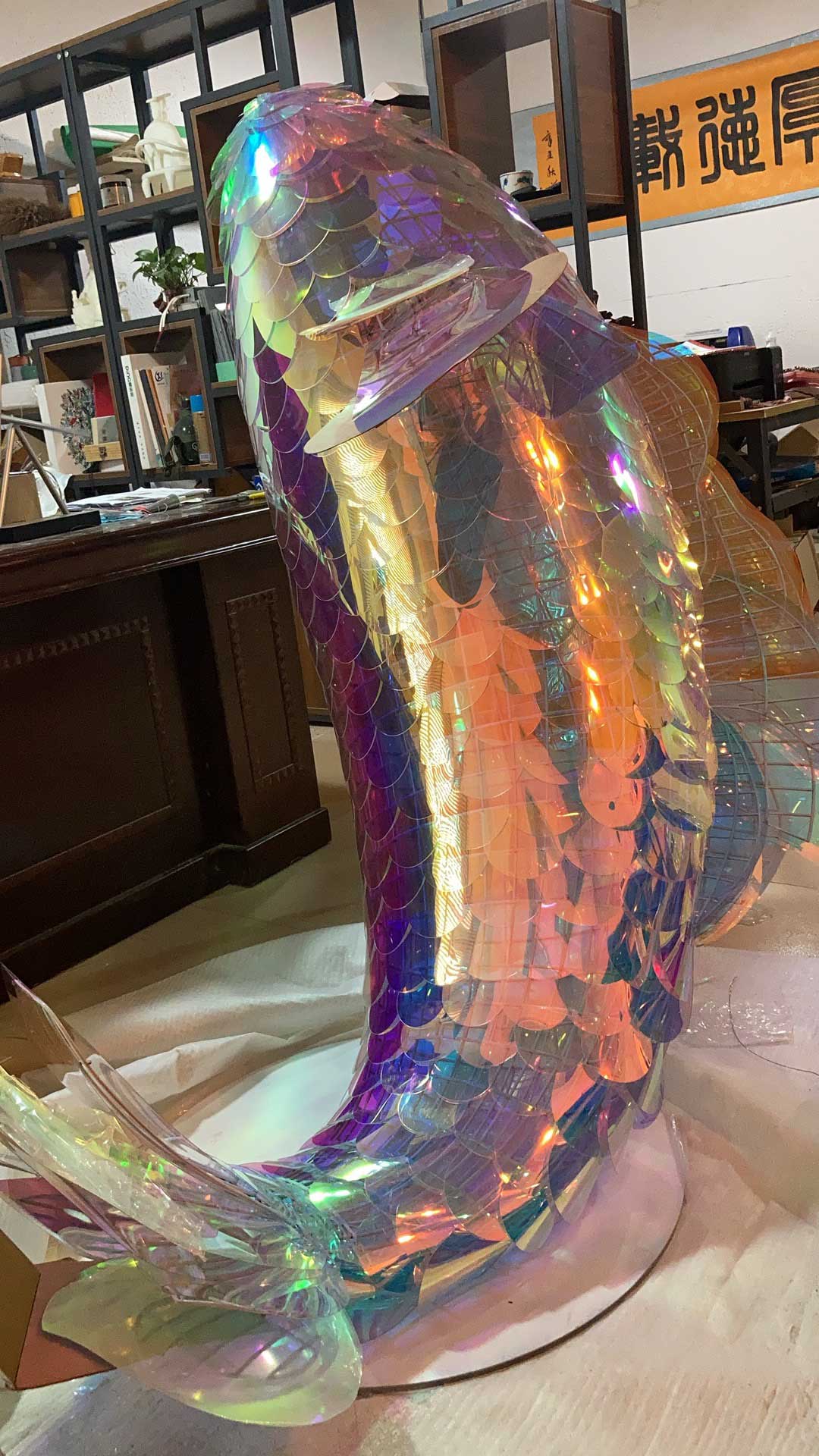
Sculpted Whimsy: Merging Animation and Craft
Yen Jui-Lin’s work bridges the gap between traditional woodcarving and animated storytelling, creating sculptures that seem to pulse with life. By integrating principles of motion design into static wood, he transforms rigid material into dynamic forms. Figures twist mid-stretch, torsos split as if caught between transformations, and limbs branch into leafy tendrils—each movement frozen yet brimming with implied energy. This fusion draws from classic animation techniques, where exaggerated poses and squash-and-stretch effects amplify emotional resonance.
While rooted in craftsmanship, the pieces borrow narrative fluidity from storybooks, inviting viewers to imagine backstories for characters mid-transformation. The interplay of smooth curves and jagged splits mimics the rhythm of hand-drawn cartoons, where lines suggest motion rather than define it. Even the grain of the wood contributes to this illusion, with natural patterns echoing the organic growth seen in his plant-human hybrids.
Yen’s approach challenges the boundaries of both mediums, proving that woodcarving can capture the whimsy of animation without sacrificing tactile depth. Each piece becomes a snapshot of an unseen story, where craftsmanship and fantasy coexist in playful harmony.
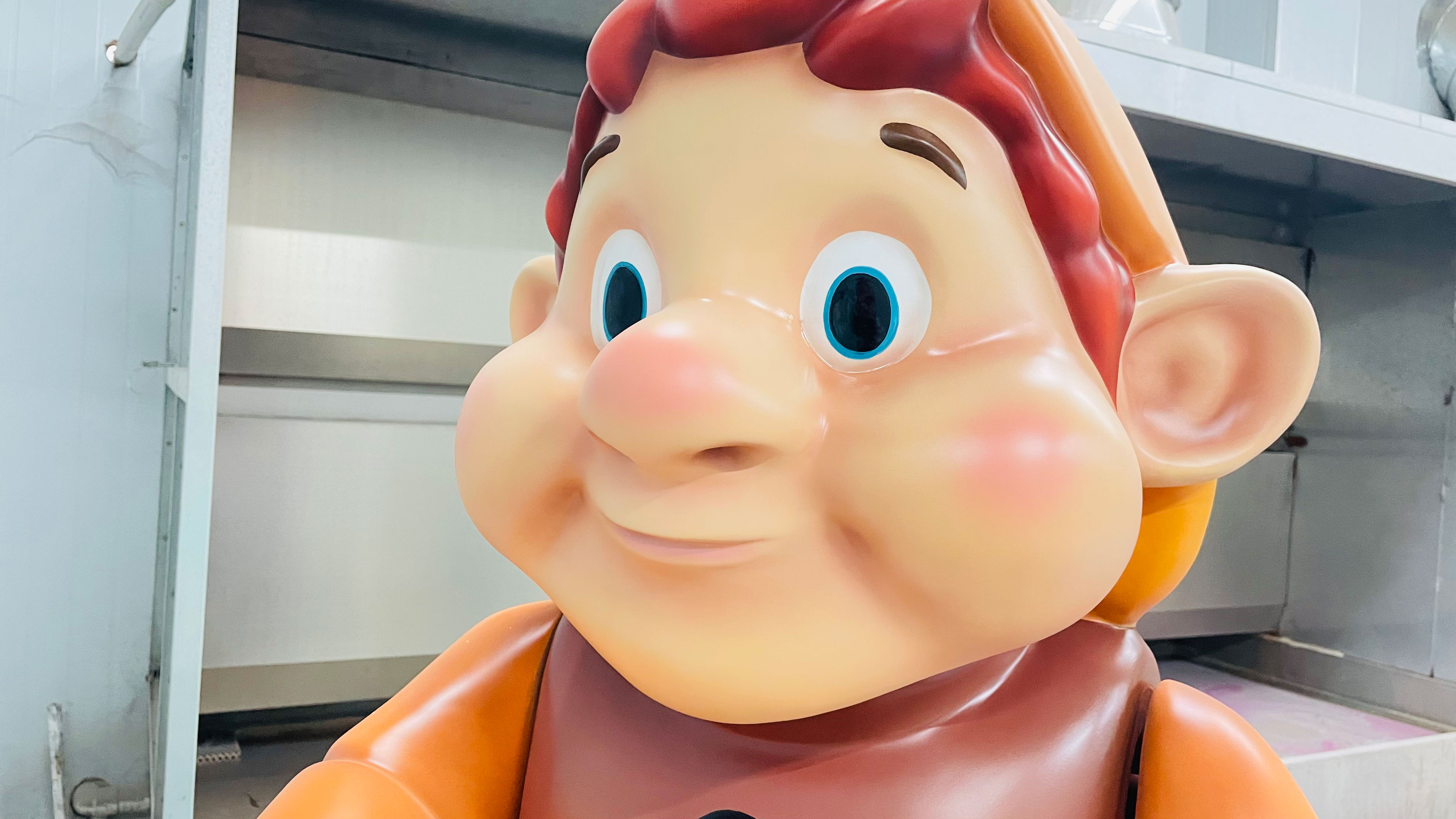
Conclusion
Yen Jui-Lin’s wooden carvings occupy a unique space where craftsmanship intersects with childlike wonder. By merging kinetic elements with exaggerated, cartoonish forms, his work bridges the gap between static sculpture and implied motion, inviting viewers to imagine narratives beyond the physical piece. The integration of organic, plant-like motifs with humanoid figures reflects a subtle commentary on growth and transformation, themes often explored in folklore and animation. While rooted in traditional woodcarving techniques, Jui-Lin’s approach prioritizes emotional resonance over realism, using distorted proportions and whimsical details to evoke humor and curiosity. This balance of technical skill and playful storytelling ensures his creations appeal to both art enthusiasts and those drawn to the nostalgic charm of animated characters. As contemporary art increasingly embraces interdisciplinary methods, Jui-Lin’s work serves as a reminder of how timeless materials like wood can still surprise and delight when paired with imaginative vision.
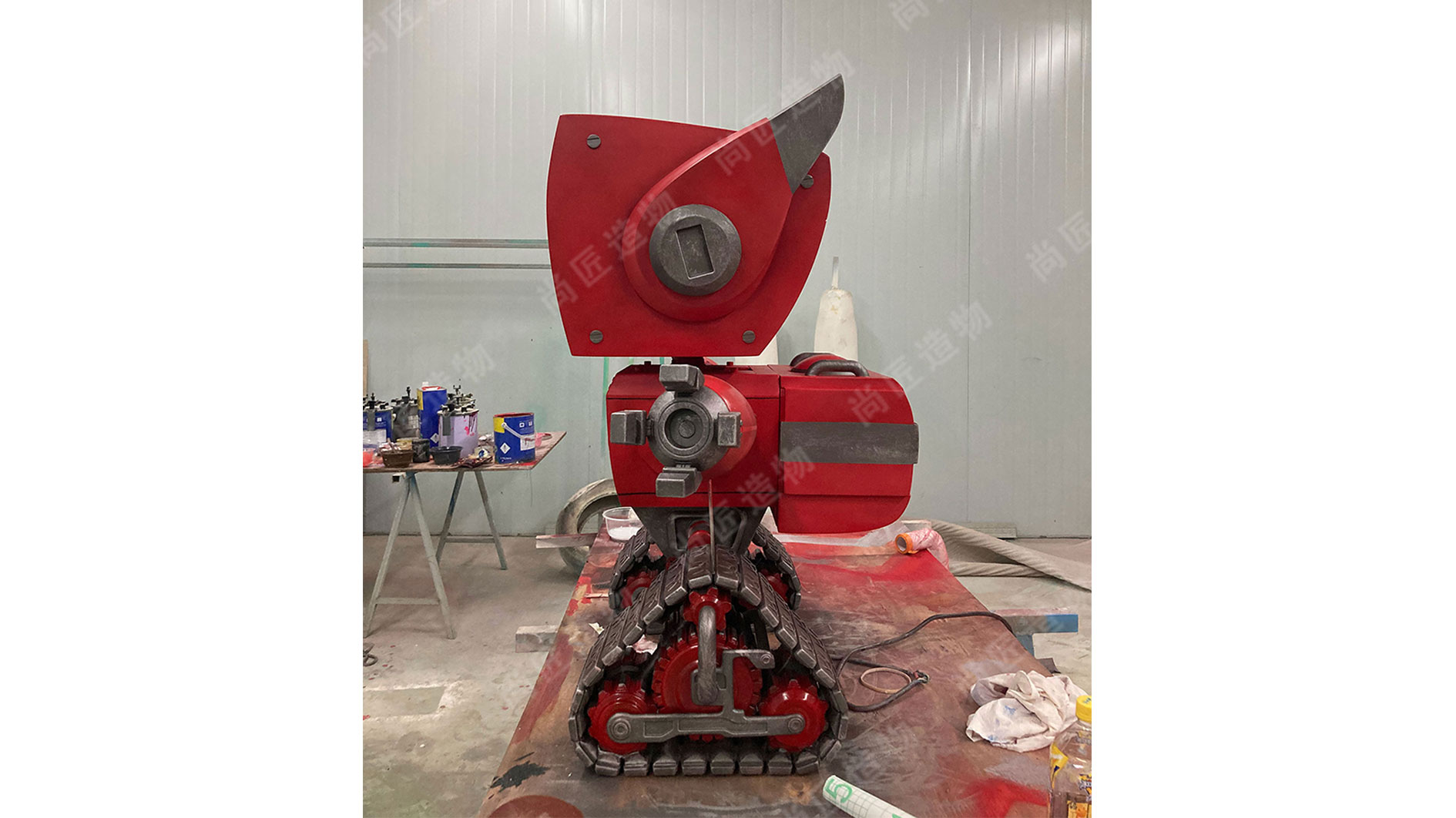
FAQs
What materials does Yen Jui-Lin primarily use for his sculptures?
Yen Jui-Lin works predominantly with wood, selecting grains and textures that enhance the animated, organic quality of his characters. The natural material contrasts playfully with the fantastical forms he carves.
How do his sculptures incorporate movement or "kinetic" elements?
Though static, the sculptures suggest motion through exaggerated poses—stretched limbs, twisted torsos, and dynamic angles. These choices create visual rhythm, mimicking the energy of cartoon animation frozen in wood.
Are the plant-like growths in his work symbolic?
The botanical elements, such as sprouting limbs or leafy textures, blur boundaries between human and nature. This fusion reflects themes of transformation and whimsy, common in folklore and storybook narratives.
What inspires the exaggerated facial expressions of his characters?
Yen draws from classic animation and comic art, amplifying emotions like surprise or curiosity to evoke universal, childlike wonder. These expressions invite viewers to imagine backstories for each figure.
How does his work balance humor and craftsmanship?
While the forms are playful, the precision of carving—smooth curves, intricate splits, and balanced proportions—reveals technical mastery. This duality elevates whimsy into fine art without losing its lighthearted charm.
Do the split torsos or stretched bodies hold deeper meaning?
These distortions challenge traditional anatomy, emphasizing flexibility and imagination over realism. The fragmented forms also create visual intrigue, encouraging viewers to explore the sculptures from multiple angles.
 ch
ch English
English






